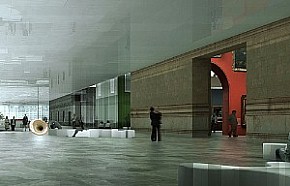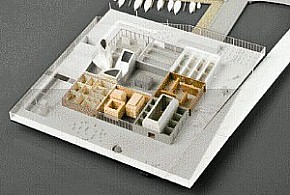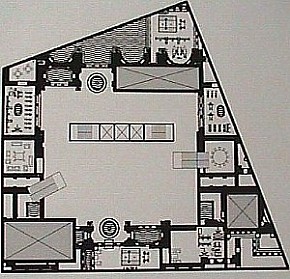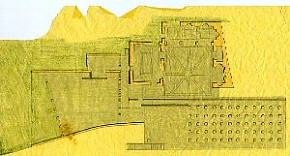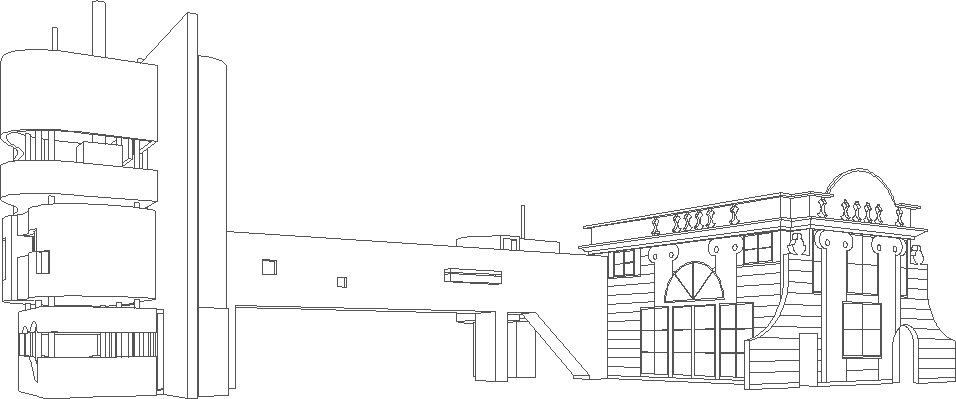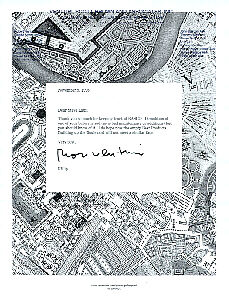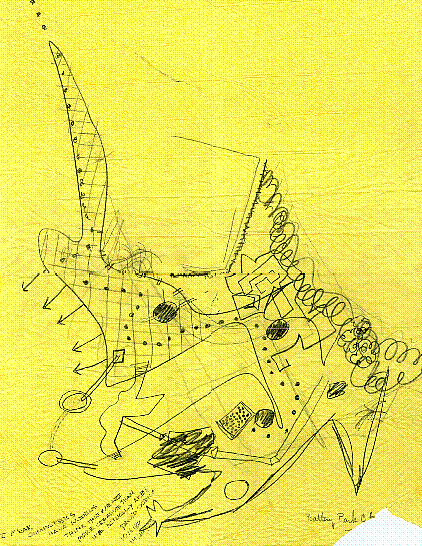Quondamopolis | The Plays of Nicholas Breakspear |
|
| 6 October | 2013.10.06 11:35 |
read earlier: "...locale and history have simultaneous real and fabled coordinates, anchored both in actuality and in the archetypes of innocence and experience, paradise gained and lost... ...the reader enters a fictive world with its own unique operating principles, in which past and future conjoin to form a continual present in which the extraordinary meet the commonplace to defamiliarize and release an aura of strangeness and wonder... ...traditional oppositions--realism and fantasy, fact and illusion, history and myth, reason and irrationality--coming together in a complex of significance." 2009 Examples of modern exterior with traditional interior
somewhat akin to the Getty...
|
2008 Mixing Design Elements of Different Style Homes-Your Opinion forget utopian and go ottopian
2003 from the call for papers: "In particular the conference will examine contemporary architecture (so-called postmodern or deconstructive architecture), which as a practice seems to perform the insights of postmodern theory, and the architecture of the museum and the museum of architecture and the Architectural Archive. Here the conference would like to explore debates around the creation of museum spaces and the relationship between collections, interpretation, meaning and space." from the back cover of Lotus International 35 (1982): The museum of architecture It's no longer possible for a contemporary architect to resolve the complex thematic of the museum in the typological conception of a building. Museum architecture, on deeper investigation, is transformed into a reflection on the museum-making of architecture itself. We can find the prototypes of this phenomenon in the first collections, in the house-museum, in the first archaeological excavations, limited phenomenon which gradually spread until they became a program of exhibition organization throughout the world with the great exhibitions of the start of the century. Today, in fact, they look to us as a colossal project of museum-making, even if with the aim of instructing. But the world which is given back to us like a still life in the museums, all of the works, the image, the production of varied ages and places is only a universe of melange, a metaphor of the living world the disorder of which is brought back to mind in the "magnificent chaos of the museum." [The entire issue of Lotus International 35 is devoted to "the museum of architecture" theme.] 2000 I think architectural photography is extremely valuable when the architecture in photographs no longer exists but in photographs. Just over three years ago I went to photograph Venturi & Rauch's big BASCO 'sign' building. The building was then derelict, and I took many 'unflattering' snapshots, e.g., lots of empty beer bottles and a plump vinyl lounge chair providing an interesting domestic tableau just behind the big 'A'. Alas the film did not develop at all, and hence no photographic record and just a memory for me. Almost exactly a year later I returned to BASCO to take pictures again, however, the big letters were that time completely gone. I turned out to be the person informing Venturi's office of the loss. The point is that 1) many buildings today change radically in short periods of time, therefore ALL photographic records (not just the flattering ones) are important items in understanding the 'life' of architecture most fully, and 2) a photograph of a building that once was but is no more is perhaps the easiest form of virtual architecture invented thus far. ps...I add that architectural imagery (photography, photocopy, digital records, etc.) today is very cheap, meaning the notion of capturing a building in the perfect 'light' is nothing more that creating a fetish, an ideal that is forever virtual and definitely not real. You might say that more than anything architectural photographs have patently deceived many viewers (architects/critics) into believing the photograph is the reality.
1986
|
www.quondam.com/33/3305l.htm | Quondam © 2017.11.27 |
